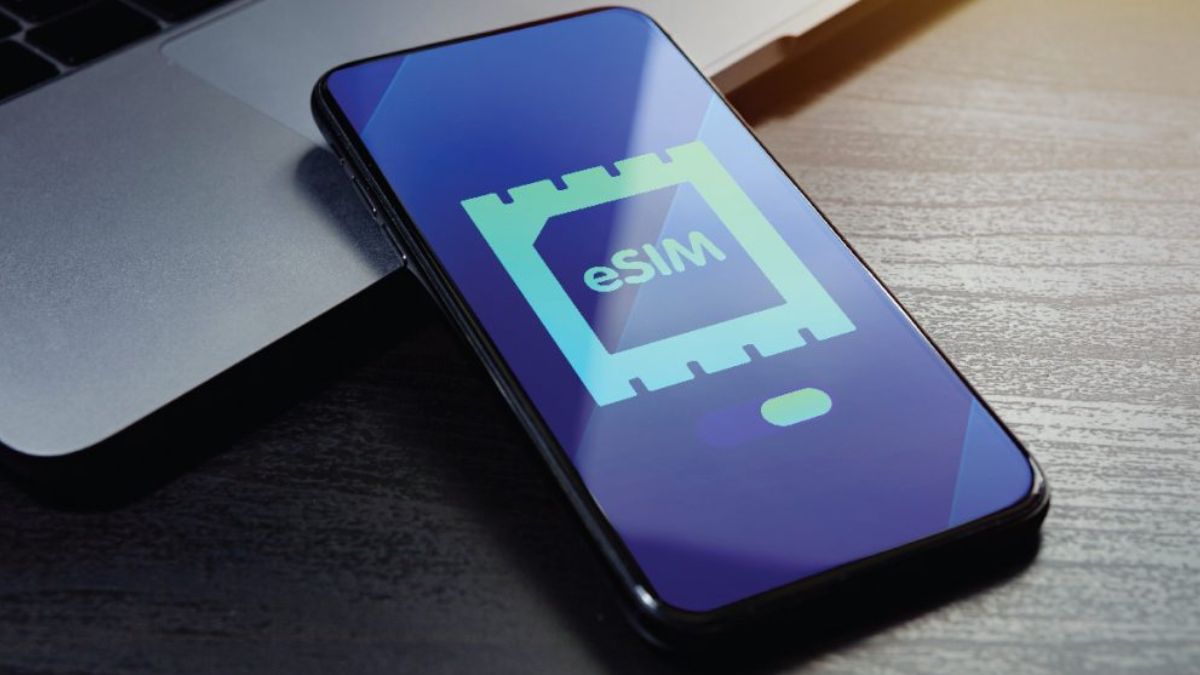 Image Credits - insidetelecom
Image Credits - insidetelecom
Advertisement
The mobile landscape is rapidly evolving, and one of the most transformative innovations driving this change is the eSIM. Unlike traditional SIM cards, eSIMs represent a significant leap forward in how we think about connectivity and mobility. As consumers increasingly demand flexibility, convenience, and seamless experiences, eSIMs are emerging as the preferred solution for modern connectivity. During the development of Slice, eSIM technology was recognized as the perfect foundation to meet the changing demands of modern mobile users.
The traditional physical SIM card has become a cumbersome relic in a world that prizes efficiency and simplicity. Despite its size reduction over the years, the core limitations of physical SIM cards remain: they are easily lost, easily damaged, and restrictive. eSIM technology signifies the end of the physical SIM card era, as it is embedded directly into devices, eliminating the need for a physical card. This transition to software-based identification revolutionizes connectivity, aligning with the demand for more dynamic mobile experiences.
Today’s mobile users are not just passive consumers; they are informed and demanding individuals who seek control over their mobile experience. eSIMs offer this control by allowing users to switch carriers seamlessly, without the need to wait for a new physical SIM card. This shift empowers consumers, placing the power of connectivity in their hands and allowing them to shape their mobile experience to meet their specific needs.
Furthermore, sustainability is a crucial consideration in modern technology consumption. Traditional SIM cards contribute greatly to plastic waste, with around 6 billion produced each year. In contrast, eSIMs offer a more sustainable alternative, reducing the carbon footprint associated with mobile connectivity. The transition to eSIM technology aligns with the global movement towards reducing single-use plastics.
In an increasingly interconnected world, eSIMs offer true global connectivity. Travelers no longer need to search for local SIM cards; instead, they can activate plans in minutes. As 5G networks become more prevalent, the ability to switch networks quickly is vital, and eSIMs provide a future-proof solution for staying connected seamlessly.
The eSIM revolution represents a fundamental shift in how we interact with mobile networks. As connectivity becomes ever more integral to our lives, eSIMs stand poised to meet these demands, establishing themselves as the future of mobile technology. As consumers in Europe and the UK embrace the benefits of eSIMs, this technology will redefine mobile connectivity for a more flexible, secure, and user-centric future.
